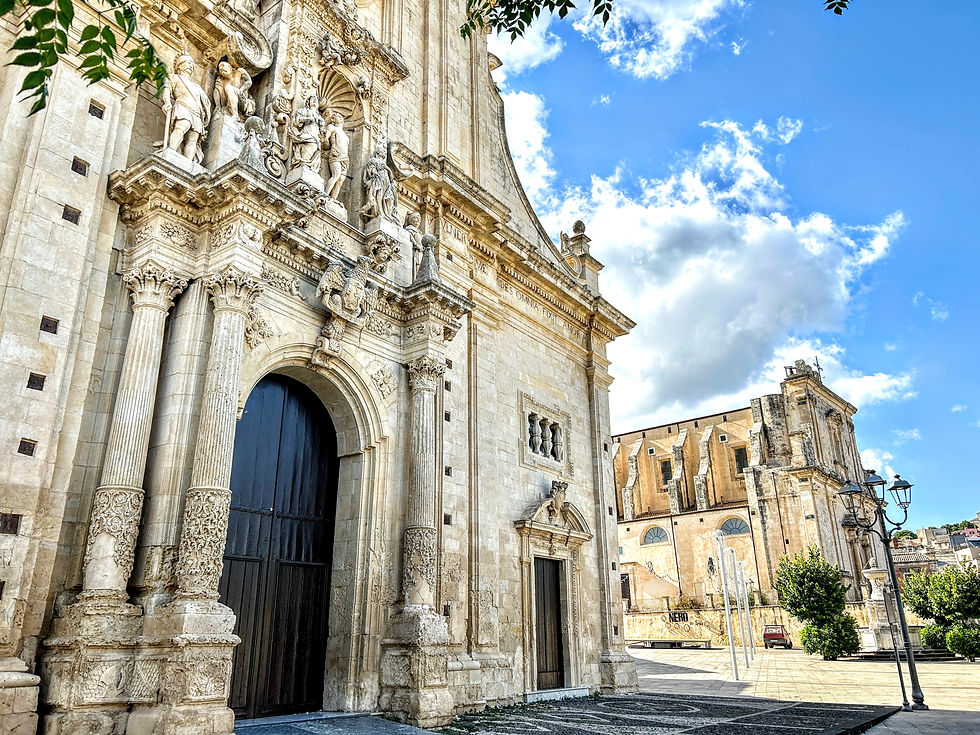It is a city with over three thousand years of history that never ceases to be discovered because its subsoil hides another town as opposed to the "visible" one; it is its underground half, a set of caves, wells, and tunnels that open inside the tuff walls... #tuttitaly
Orvieto is a city with over 3000 years of history yet to be explored and discovered. Its subsoil conceals a city opposed to the visible one: a set of caves, wells, and tunnels that open inside the tufa walls.
Some of the underground places are used as private cellars, while others offer an unmissable attraction to the visitor: from the depth of the Pozzo di San Patrizio passing to the complex articulation of the Pozzo della Cava to the suggestion of Hadrian's labyrinth and the undergrounds of Sant'Andrea up to to the original caves of Orvieto Underground.
History
The Etruscans modeled the city of Orvieto, leaving a great heritage of organization, knowledge, and architecture; the archaeological sites, the undergrounds of the city, and the city museums bear witness to this.
The development and prosperity of Etruscan Orvieto lasted until 264 BC when the Roman army conquered the city; the inhabitants were deported to Lake Bolsena, where Volsinii Novi was born.
With the construction of the Via Cassia and the Via
Traiana Nova, intense commercial activity was created in the area, facilitating the growth of the residential areas located on the trade routes.
With the end of the Roman Empire (5th century AD), Orvieto is once again populated; however, the city will have to wait for the end of the tumultuous period of the barbarian invasions to become, in medieval times, a free municipality.
During the Middle Ages, the city, despite continuous power struggles between the Ghibellines and the Guelphs, developed and enriched itself with palaces, churches, and monuments that characterize the historic center today: the Albornoz Fortress, the Torre del Moro, the Duomo.
Duomo
The Cathedral Basilica of Santa Maria Assunta is the principal place of Catholic worship in Orvieto. The church's construction was started in 1290 by the will of Pope Niccolò IV. Over 20 artists worked on the facade, which was only finished at the end of the 16th century.
The interior, with a basilica plan, dates back to the 13th and 14th centuries. However, it is harmonious and balanced. The church houses the corporal of the miracle of Bolsena.
Gastronomy
Among the typical dishes of Orvieto: is lumachelle all'Orvietana, born as "pocket food" for the peasants who worked in the fields; the chickpea and chestnut soup, the umbrichelli, the 'mbriaca hen, the Orvietan.


























Comments